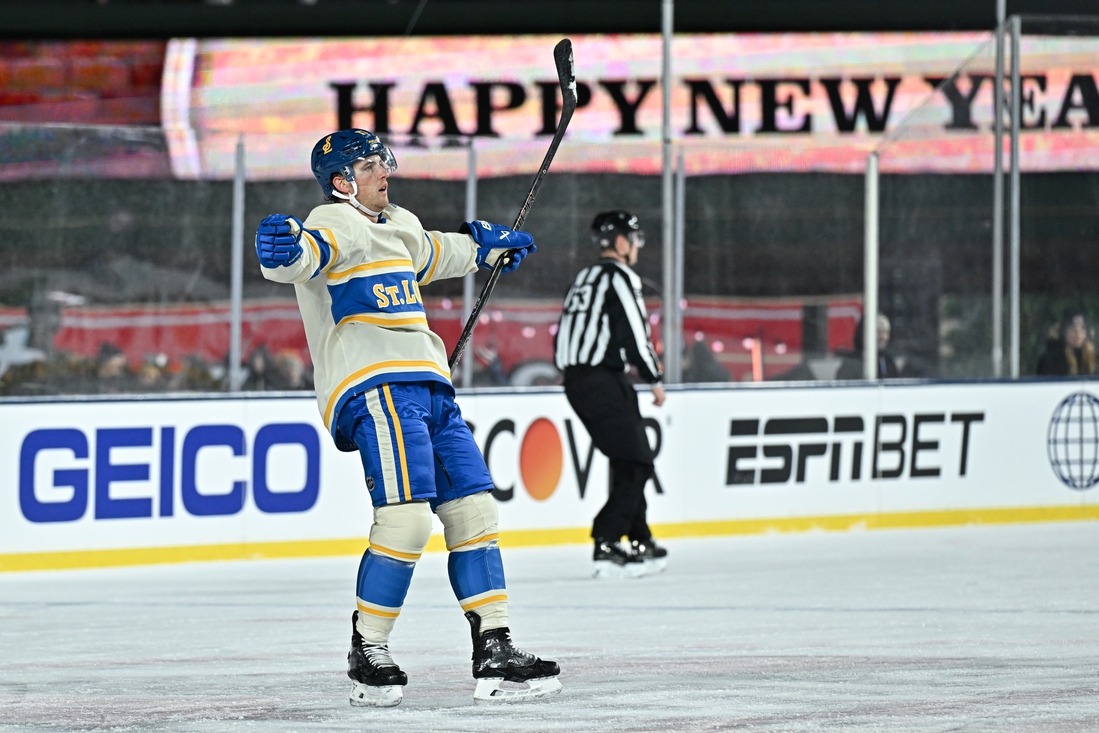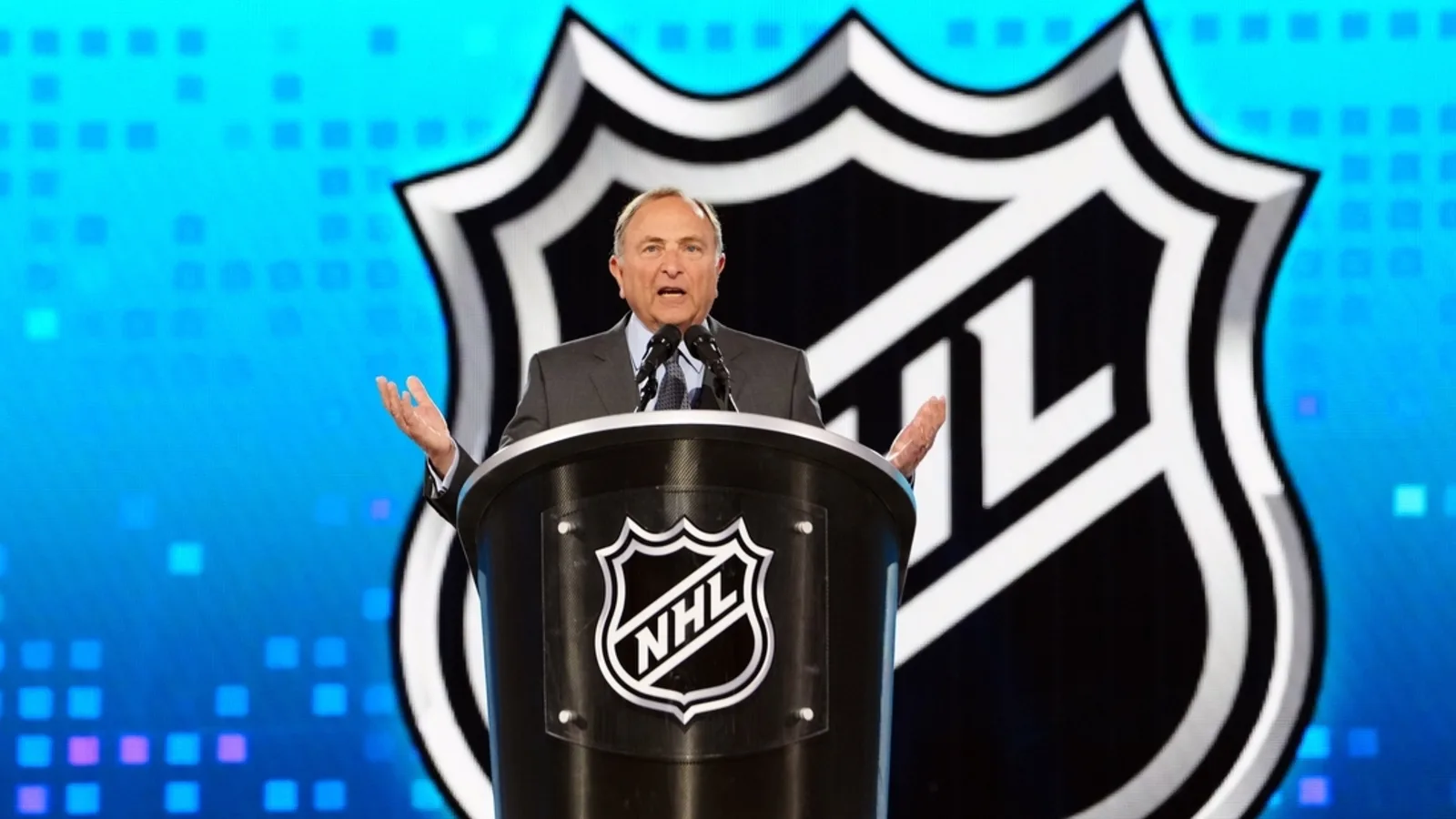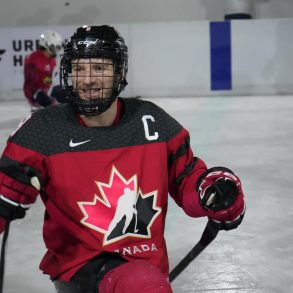Fighting in hockey is a unique and controversial part of the sport. Unlike most professional sports, where physical altercations are penalized, hockey has allowed fighting for a long time, with certain rules and guidelines in place.
Fans and players have argued about its place in the game for years, and although the league has added some restrictions, fighting is still an important part of hockey today. The question of why fighting is allowed in hockey has sparked many discussions about player safety, entertainment, and the tradition of the game.
Why Is Fighting Allowed in Hockey?
The reason fighting is allowed in hockey goes back to the sport’s history and its physical nature. Hockey is fast and physical, with frequent body checks and battles for control of the puck. The intensity of the game often leads to emotions running high, and fighting is seen as a way for players to resolve disputes on the ice.
This unwritten code, known as “The Code,” allows players to handle issues among themselves when they feel the rules have been broken.
Another reason for fighting in hockey is that it can act as a deterrent for dangerous plays. The possibility of a fight can discourage players from engaging in overly aggressive or harmful behavior. If a player makes a questionable hit, their opponent might challenge them to a fight as a form of accountability. In this way, fighting helps to regulate the game and prevent more serious incidents.
Pros of Fighting in Hockey
There are several reasons why fighting is still considered a part of hockey:
Enforcing Accountability:
As mentioned, fighting forces players to take responsibility for their actions. If a player commits a cheap shot or puts another player at risk, they may have to fight in return.
Building Team Spirit and Unity:
Fighting can help unite a team, especially when one player defends a teammate who has been targeted. This type of action promotes camaraderie and can even change the momentum in a game. Players and coaches often say that fighting can help boost a team’s energy.
Fan Engagement and Entertainment:
While this is controversial, fighting adds excitement to the sport. Many fans come to games hoping to see a fight, and these moments often create high-energy scenes in the arena that keep the audience engaged.
Deterring Dangerous Play:
Because players know they may have to fight if they cross a line, fighting can discourage reckless or dangerous hits. This helps keep some of the more dangerous elements of the game in check.

Cons of Fighting in Hockey
Despite its long history in the sport, fighting in hockey has serious downsides:
Player Safety Risks:
The main concern with fighting is the risk to players’ health. Fights can cause injuries like concussions, broken bones, and long-term damage. With growing attention on player safety, allowing fighting seems counterproductive.
Negative Image of the Sport:
Fighting can create a negative view of hockey, especially for new fans or younger audiences. It can reinforce the idea that hockey is overly violent, which may discourage parents from letting their children play or people from supporting the sport.
Inconsistent with Other Leagues:
Other major sports leagues, like the NFL and NBA, have strict rules against fighting. This difference raises questions about why hockey allows fighting when other physical sports do not.
Potential for Escalation:
Some argue that fighting holds players accountable, while others believe it can escalate tensions and lead to unnecessary violence. What might start as a small disagreement could quickly turn into a large brawl, putting both players and officials in danger.
What Are the Rules Regarding Fighting in Ice Hockey?
Although fighting is allowed, there are clear rules about when and how it can happen. When a fight breaks out, both players involved receive a five-minute major penalty and must sit in the penalty box. Once the penalty is over, they can return to the game unless other penalties or injuries were involved.
The NHL has rules to control fighting, like penalizing players who start fights or continue them after officials intervene. If fights become frequent or particularly dangerous, players may face suspensions and fines.
Conclusion
Fighting in hockey is a deeply rooted part of the sport. Understanding why fighting is allowed helps explain its role in managing aggression, ensuring accountability, and creating exciting moments for fans. While the physical nature of hockey can lead to fights, which many see as a way to prevent dangerous play and boost team spirit, it also brings serious risks to player safety and can create a negative image of the sport.
The debate about whether fighting should stay in hockey continues, but one thing is clear: the sport is changing.

With greater focus on player safety, stricter penalties, and evolving fan expectations, the role of fighting in hockey may look different in the future. However, for now, it remains a part of the game.
For those who love the action of hockey but prefer a less intense atmosphere, Cheltenham Sports offers great alternatives, such as their Roller & Ball Hockey programs. These programs provide the excitement of hockey without the risks of on-ice fighting, making it a fun and safe way for athletes to stay active and enjoy competitive play. Whether you’re a fan of traditional hockey or looking for a fresh twist on the game, there’s something for everyone to enjoy!
Frequently Asked Questions:
Do players get suspended for fighting?
Players typically don’t get suspended for fighting as long as they follow the rules. They receive a five-minute major penalty, and the game continues. However, players who instigate fights or repeatedly engage in dangerous fights may face suspensions and other penalties.
How do referees handle fights in hockey?
When a fight happens, referees allow it to go on for a short time before stepping in to break it up. Once the fight ends, they separate the players and assess penalties. Referees can decide if additional penalties, like game misconducts, are necessary based on how severe the fight was.
Can goalies fight in hockey?
Goalies can fight in hockey, though it’s rare. Some of the most memorable moments in the NHL have involved goalies fighting each other or other players. Goalies usually receive the same penalties as other players, though their fights get more attention because of their special position on the team.







